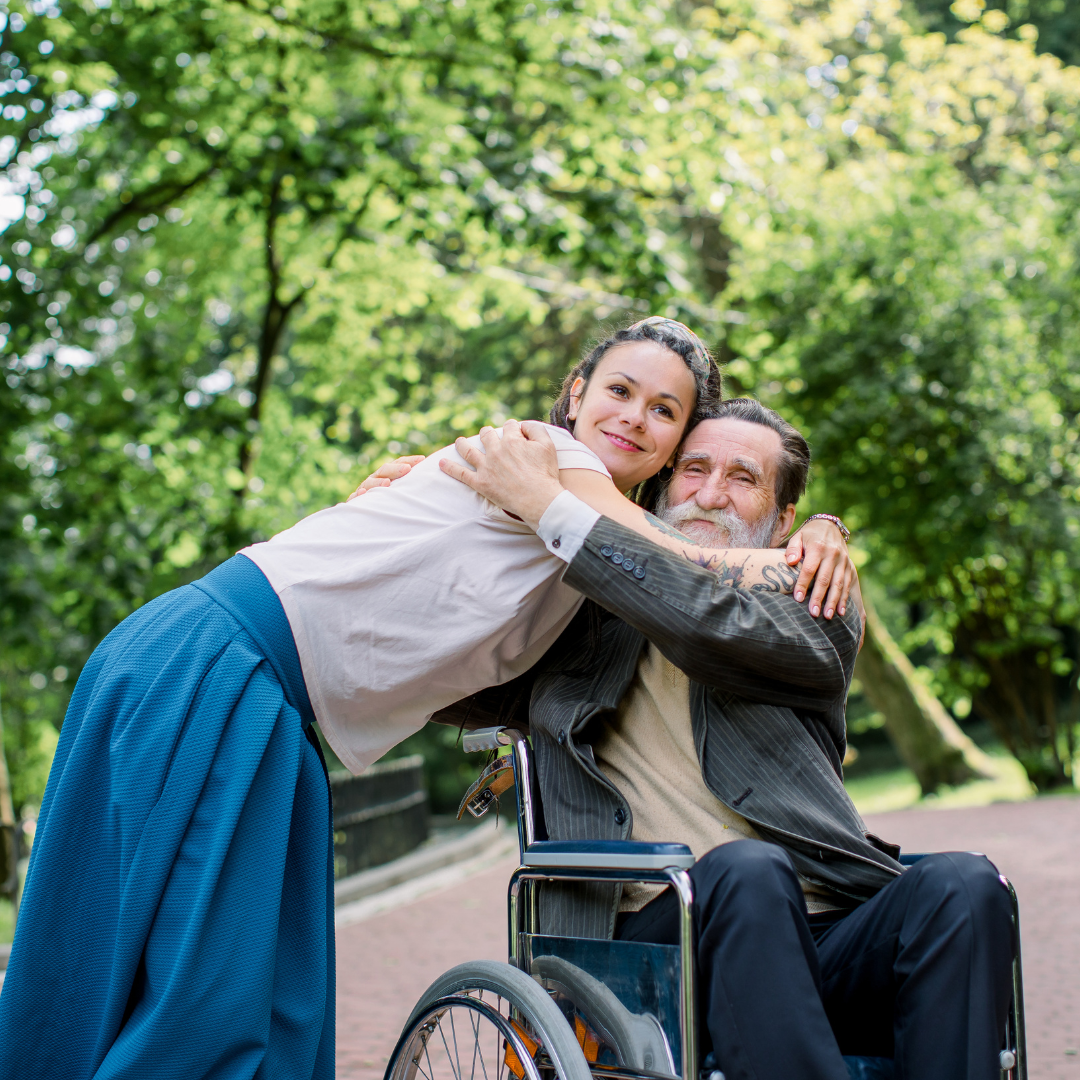Palliative care is a relatively new approach to medicine that focuses on relieving symptoms and providing comfort for patients suffering from severe illnesses. While it has been around since the 1950s, it is only now becoming more standard in medical practice. The term “palliative care” is an amalgam of “palliative” and “care.” When used for end-of-life care, hospice, and palliative care are used interchangeably, although hospice is often used to describe end-of-life care in general.
Due to the effects of certain diseases, performing daily activities may become difficult no matter how simple the tasks are. Specific diets may need to be followed as would prescribed doses of medicines. As it may be difficult for the average working individual to juggle work and take care of the patient, external assistance from dedicated professionals may ease the lives of both the patient and the caretaker. When you try to find out how to get home help for the elderly, or for a relative suffering from a chronic disease, you may look at palliative care as a solution. It would help set up a certain lifestyle based on the diagnosed illness. Palliative care focuses on quality of life and easing suffering rather than focusing on curing a disease. It can reduce or eliminate many physical symptoms.
Palliative care, also called comfort care, is specialized medical care for people with serious illnesses. The goal of this care is to improve quality of life, including symptoms like pain, stress, and other physical, mental, and emotional problems. It helps people with serious illnesses such as cancer, heart disease, lung disease, kidney failure, HIV/AIDS, dementia, stroke, or Alzheimer’s. Palliative care is different than hospice care, which focuses on pain and symptom management at the end of life. Some of the assisted living facilities for the elderly community may provide palliative care for elderly patients with severe health conditions. Such information can be obtained from the organization’s website, such as www.chelseaseniorliving.com/independent-living-new-jersey/, or for another healthcare facility.
To explain it further, for example, if you are living with cancer, you face many challenges: undergoing chemotherapy, radiation, surgery, and follow-up treatment. Doctors often prescribe different types of drugs to assist you in coping with the emotional and physical effects of cancer treatment. These drugs are known as palliative (which means “to comfort”) drugs. Palliative care drugs relieve pain and other symptoms, help control nausea and vomiting, and help fight fatigue. In addition, they can ease anxiety and slow the progression of some types of cancer.
While relatively new compared to urgent care and others, palliative care has gained much popularity and support from the public. Talking about it, I feel it’d be unfair not to mention its benefits, so let’s take a look.
Improves the patient’s quality of life
Palliative care is an emerging field in the healthcare industry. It is specialized care that focuses on relieving the painful symptoms, stress, and suffering of serious illness. Typically, it focuses on controlling the symptoms and improving the quality of life. This includes pain, fatigue, nausea, shortness of breath, loss of appetite, and depression. Palliative care is not aimed at curing the underlying disease but at improving the symptoms. It is provided along with curative treatment. Palliative care is usually offered in home, by centers that specialize in such provisions; they often have trained staff that know the ins and outs of caring for a patient.
Makes doctor visits no longer necessary
Palliative care helps patients deal with adverse health effects during their course of life, rather than waiting for their condition to worsen, which may require costly treatment. The majority of palliative care patients don’t fit the profile of cancer patients; instead, they include patients with congestive heart failure, lung disease, eating disorders, and severe mental illness. This type of care is underutilized in the United States because it’s not well known. Since it’s typically provided in a hospital, people think that palliative care is only for cancer patients. On the contrary, it can be provided to anyone who requires routine help and care. These services can be availed in a senior assisted living community, care home, or by hiring service providers at home itself. It is designed to treat people with severe illnesses and disabilities. By focusing on the patient’s quality of life and improving comfort and symptoms, palliative care programs reduce suffering for patients and their loved ones.
Supports both the patient and their family
For many patients, palliative care is all about comfort. Pain management and symptom management are key components of the palliative care approach, but we want to talk about something deeper in this instance. In simple terms, palliative care is trying to help a patient focus on what matters most to him or her.
Palliative care can result from either an acute illness or a chronic condition. It is summarized by the World Health Organization, which notes that “As a form of treatment for patients and families with life-threatening illnesses, palliative care aims to improve the quality of life of patients and their families, by preventing and relieving suffering through the identification and assessment of pain and other problems, physical, psychological, and spiritual, early and flawlessly.”

